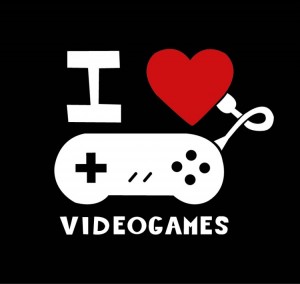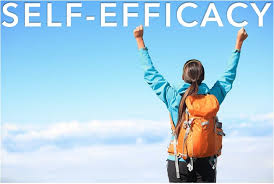Different theories on humour
 Aggression, incongruity, and arousal-safety are the three explanatory mechanisms that most humour theories rely on.
Aggression, incongruity, and arousal-safety are the three explanatory mechanisms that most humour theories rely on.
When a joke attacks an individual or group, this is considered an aggression based joke. These kind of jokes usually contain a lot of stereotypes that are considered to be funny and popular (Zillmann & Cantor, 1976). Jokes of this nature have two important goals: one is to gain solidarity of the joker with the audience and the second one is to exclude a (victimized and ridiculed) target group (Norrick, 2003). Even when an aggressive element is clearly present, the social “meaning” of the joke is often to be found at a deeper level (Ritchie, 2005).
Giora’s (2003) salience hypothesis provides a more detailed account of humourous incongruity. According to Giora people access the most salient meaning first. Humour exploits this tendency by providing an account consistent with a highly salient interpretation; the punch line forces us to revisit initially activated but still contextually suppressed concepts. A crucial feature of Giora’s account is the prediction that jokes involve not merely a surprise ending, but active suppression of the original interpretation.
Yus (2003) also mentions the punch line of a joke as being the most salient. It’s about discovering the congruous elements. The tension and the relief will come after the meaning of the joke is figured out. This is called the arousal-safety theory. This theory explains the relief of ‘getting it’. But what is the humourous effect in this? Sperber and Wilson (1986) argue that according to relevance theory, searching a relevant context ceases with the first interpretation that provides an adequate balance of effects for efforts. The punch-line at the end makes this initial interpretation go away and activates a new interpretation, based on an entirely different context (Giora, 2003).Yus suggests that the realization that one has been fooled by the joker, coupled with “a positive interaction of the joke with the addressee’s cognitive environment” helps explain the humourous effect.
Reasons to laugh
 Laughing is not always a result of humour; according to relief theory, people sometimes laugh because they need to reduce physiological tension (Meyer, 2000). Relief theory assumes that laughter and mirth result from a release of nervous energy.
Laughing is not always a result of humour; according to relief theory, people sometimes laugh because they need to reduce physiological tension (Meyer, 2000). Relief theory assumes that laughter and mirth result from a release of nervous energy.
According to superiority theory, people laugh because they feel some kind of triumph over others or feel superior to them (Meyer, 2000). From this perspective humour has a primarily emotional function, helping the humourist to build confidence and self-esteem (Buijzen & Valkenburg, 2004). Laughter and mirth appear when one feels a certain superiority towards the other who is inferior, weak and defeated. Ridicule and making fun of those who are less fortunate, are typical themes of humour covered by superiority theory (Buijzen & Valkenburg, 2004).
From the perspective of incongruity theory, people laugh at unexpected or surprising happenings. According to this theory, it is the unexpected that comes up which provokes humour in the mind of the receiver. Rather than focusing on the physiological (relief theory) or emotional (superiority theory) function of humour, incongruity theory emphasizes cognition. It assumes that the cognitive capacity to note and understand incongruous events is necessary to experience laughter or mirth. The main themes here are absurdity, nonsense, and surprise.
Excerpt from Humour theories: Schadenfreude in the media. Literature review, 2008.




